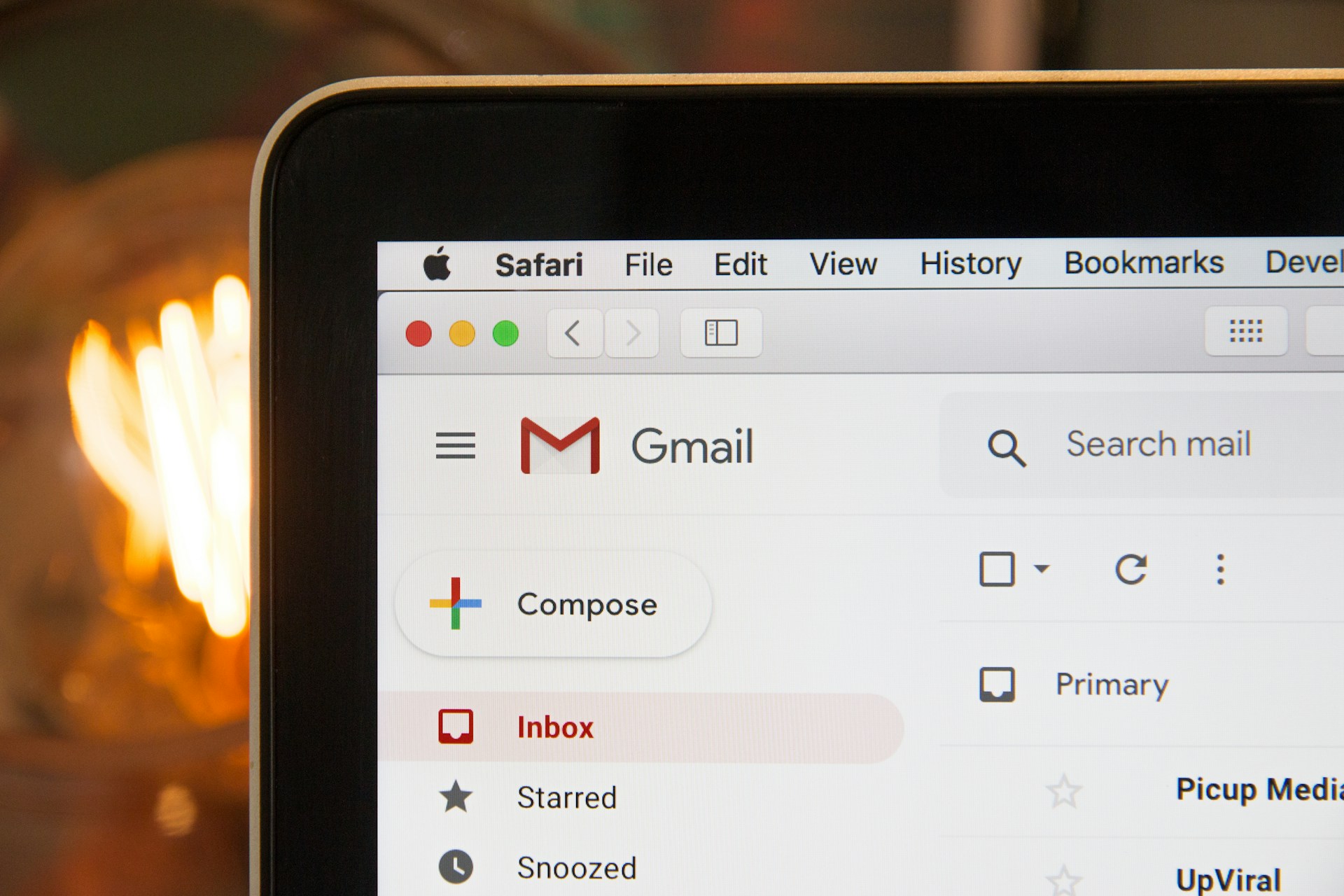Email marketing remains one of the most powerful tools for businesses in the UK, offering direct access to customers and prospects with unparalleled return on investment (ROI). In a landscape where digital marketing channels are saturated, email continues to be a reliable method of communication, engagement, and conversion.
But how can businesses truly harness its potential? Success hinges on the ability to grow a high-quality dataset, craft compelling subject lines, create instant engagement, and optimise open and click rates. In this article, we’ll explore why email marketing is indispensable and how to make the most of every campaign.
Why Email Marketing Matters for UK Businesses
Email marketing provides businesses with:
- High ROI – According to reports, email marketing yields an average return of £42 for every £1 spent.
- Direct Access to Customers – Unlike social media algorithms, email guarantees delivery to inboxes.
- Personalisation – Tailored content fosters stronger customer relationships.
- Automation Possibilities – Email workflows can nurture leads efficiently.
- Data-Driven Insights – Performance analytics enable continual optimisation.
For UK businesses, leveraging email marketing ensures ongoing engagement with customers while driving sales in a cost-effective manner.
Growing Your Dataset: Strategies for Expanding Your Email List
A successful email marketing strategy begins with a strong dataset. Building a high-quality email list ensures that campaigns reach receptive audiences, driving engagement and conversion. Here are the best ways to grow your subscriber base:
1. Optimise Sign-Up Forms
Ensure sign-up forms are simple yet effective. Keep fields minimal (name and email suffice) and position them strategically across your website, including the homepage, blog, and checkout page.
2. Offer Value-Based Incentives
Give users a reason to subscribe. Offer an exclusive discount, eBook, or VIP access to premium content in exchange for their email.
3. Implement Exit-Intent Pop-Ups
Use smart technology to present pop-ups when visitors are about to leave your site. A compelling offer can encourage them to stay connected via email.
4. Leverage Social Media Channels
Promote your email list across social platforms. Run targeted campaigns urging followers to subscribe for exclusive content.
5. Host Webinars or Events
Require attendees to register with their email, ensuring ongoing engagement post-event.
6. Ensure GDPR Compliance
With stringent UK data regulations, gaining explicit consent and providing opt-out options is essential for building a trustworthy subscriber base.
The Power of a Subject Line: Capturing Attention Instantly
Your subject line is the gateway to your email—it determines whether recipients open it or ignore it. Crafting an engaging subject line maximises open rates and sets the tone for the email content.
Best Practices for Subject Lines:
- Keep it Concise – Aim for 6–10 words for clarity.
- Use Personalisation – Adding the recipient’s name boosts engagement.
- Create Urgency – Phrases like “Limited Time Offer” encourage immediate action.
- Spark Curiosity – Asking a thought-provoking question invites opens.
- Avoid Spam Triggers – Words like “free” or excessive capitalisation may land emails in spam folders.
- A/B Test Subject Lines – Compare multiple versions to determine the best-performing variation.
Starting Your Email Campaign: Instant Engagement Techniques
The first impression matters, and a well-structured email sets the stage for engagement. Here’s how to make an instant impact:
1. Personalised Greetings
Address recipients by their name. Studies show that personalised emails experience higher engagement.
2. Compelling Opening Line
Follow up with an engaging opening sentence—perhaps referencing their last purchase or offering an exclusive deal.
3. Mobile-Friendly Design
With over half of emails opened on mobile devices, use responsive templates that ensure readability across devices.
4. Strategic CTA Placement
Place a clear, eye-catching call-to-action (CTA) that guides recipients towards the intended action, be it signing up, purchasing, or learning more.
5. Keep it Skimmable
Break down content into short paragraphs, bullet points, and headers to improve readability.
Maximising Open and Click Rates for Success
Improving open and click rates is essential for driving conversions. Here’s how to optimise email performance:
1. Send Emails at the Right Time
Tuesday to Thursday mornings (between 9–11 AM) are optimal for business audiences, while evenings may work better for consumer emails.
2. Segmentation for Targeted Messaging
Categorise recipients based on behaviour, preferences, or demographics. Sending targeted content improves relevance and engagement.
3. Maintain Consistency
Regular email campaigns (weekly or fortnightly) keep your brand top-of-mind without overwhelming subscribers.
4. Test and Improve
Analyse email analytics, track open/click rates, and tweak strategies accordingly. A/B testing different layouts and content styles helps refine performance.
5. Keep Subject Lines and Preheaders Aligned
Preheader text should complement the subject line, reinforcing the value of opening the email.
6. Optimise Email Content for Clickability
Use compelling CTAs, engaging visuals, and valuable content to encourage recipients to interact with the email.
Final Thoughts
Email marketing remains a dominant force for UK businesses, providing unmatched access to customers while yielding exceptional ROI. By growing a high-quality dataset, optimising subject lines, ensuring instant engagement, and refining strategies to maximise open and click rates, businesses can create meaningful connections with their audience while driving results.
Investing in email marketing is an investment in long-term success—so start crafting campaigns that resonate, engage, and convert.




